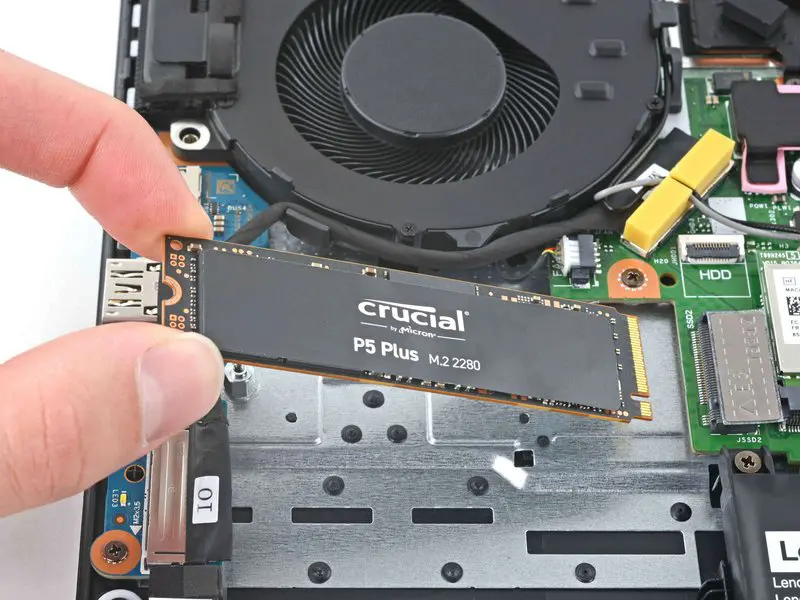Is your laptop lagging or locking up? Learn how to diagnose problems, boost performance with upgrades, and keep Windows running smoothly in 2025.
By ElitePC NJ – Garfield, NJ | 6‑min read
A sluggish or unstable laptop can ruin your productivity and gaming sessions. In this comprehensive guide, our technicians share hands‑on tips to help you troubleshoot common issues, upgrade critical components like RAM and SSDs, and tune Windows for top performance.
Step 1: Diagnose the symptoms
Before ordering parts, identify what’s slowing your system. Does your laptop take minutes to boot? Are programs freezing or files taking ages to open? Task Manager and built‑in diagnostics can reveal whether CPU, memory, storage or thermal issues are at play. If the laptop overheats or shuts down, check fan noise and vent blockage. For comprehensive assistance, see our computer repair services page.
Step 2: Upgrade RAM and storage
Insufficient memory is one of the most common bottlenecks. Most mid‑range laptops ship with 8 GB of RAM, which can cause slowdowns when running multiple browser tabs or editing large documents. Upgrading to 16 GB or 32 GB can dramatically improve responsiveness. Similarly, replacing an older hard drive with a solid‑state drive (SSD) reduces boot times and file loading by orders of magnitude. When choosing an SSD, look for NVMe models for the fastest speeds. Our shop in Garfield stocks compatible modules and can perform the installation for you.
| Drive Type | Average Read Speed | Pros | Cons |
|---|---|---|---|
| HDD (Mechanical) | 100–150 MB/s | Low cost, high capacity | Slow, vulnerable to shock |
| SATA SSD | 500–550 MB/s | Fast boot and app loads | Limited by SATA interface |
| NVMe SSD | 2,500–5,000 MB/s | Blazing speeds, compact | Higher cost per GB |
During upgrades, remember to back up your data. If a drive fails or a cloning process goes wrong, you could lose important files. We offer professional data recovery services to safeguard your information.

Adding RAM and an NVMe SSD dramatically speeds up everyday tasks.
Step 3: Tune Windows 11 for performance
Even with modern hardware, poor system settings can slow you down. Start by disabling unnecessary startup programs through Task Manager. Next, run the Windows Security scan to ensure malware isn’t causing issues. For older laptops with mechanical hard drives, Windows offers a feature called ReadyBoost. Microsoft notes that ReadyBoost can improve system responsiveness by using a USB flash drive or memory card as additional cache—however, it requires at least 500 MB of free space and a high data transfer rate【438332795216162†L234-L237】. Note that ReadyBoost is ineffective if Windows is installed on an SSD【438332795216162†L259-L260】. On SSD‑equipped systems, focus on keeping firmware updated and ensuring TRIM is enabled.
Adjust power settings to “High Performance” when plugged in, and keep Windows and drivers updated. Uninstall bloatware and use built‑in tools like Storage Sense to free up disk space. If you’re unsure how to tweak these options, our managed IT services team can help tune your system remotely.
Step 4: Clean and maintain your laptop
Dust buildup causes overheating, throttling and premature component failure. Power down your laptop, remove the bottom panel and use compressed air to blow dust out of fans and heat sinks. Replace thermal paste on the CPU every few years if temperatures are high. Clean the keyboard, vents and display with appropriate cleaners. Avoid running your laptop on soft surfaces like beds or couches, which block airflow. Regular maintenance keeps your investment running longer.

A little compressed air goes a long way toward preventing overheating and crashes.
From our repair bench (Garfield, NJ)
Our team recently helped a college student from Lodi whose two‑year‑old laptop took ten minutes to boot. We discovered it still ran on a 5400 RPM hard drive with only 4 GB of RAM. After cloning the drive to a 1 TB NVMe SSD and adding an 8 GB RAM module, boot time dropped to 20 seconds and applications launched instantly. We also enabled ReadyBoost on a spare flash drive for extra cache, which provided a modest improvement until the RAM upgrade arrived.
FAQ: Common laptop upgrade questions
Q: Do I need to reinstall Windows after replacing my hard drive?
A: Not necessarily. You can clone your existing drive to a new SSD using cloning software, or perform a fresh installation for a clean start.
Q: How much RAM is enough?
A: For general use and light multitasking, 8 GB works, but 16 GB is recommended. Gamers, creators and developers may benefit from 32 GB or more.
Q: Will upgrading void my warranty?
A: Most manufacturers allow memory and storage upgrades, but check your warranty terms. Always use compatible parts and handle components carefully.

